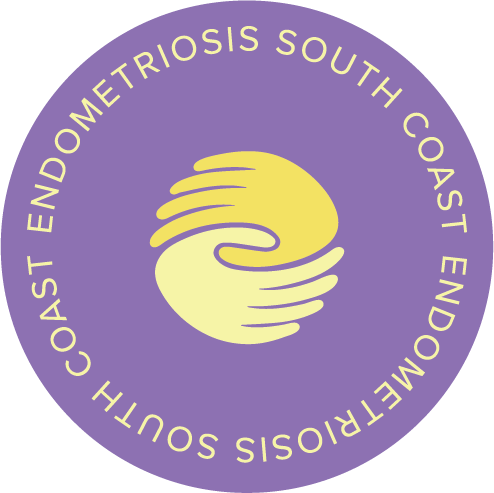What is Endometriosis?
Endometriosis is a full-body, or ‘systemic’, disease where tissue similar to the uterine lining (endometrium) develops outside the uterus. Unlike the uterine lining, endometriosis does not follow the menstrual cycle pattern by building up, bleeding, and shedding. Instead, endometriosis can form surface, or ‘superficial’, patches or deeply invasive growths, known as ‘deep infiltrative endometriosis’.
Endometriosis commonly affects areas in the pelvic region such as the ovaries, fallopian tubes, pelvic lining, bladder, or bowel. Although less common, endometriosis has been detected in every organ of the body, including the diaphragm, chest, and scar tissue from Caesarean sections.
Endometriosis often leads to systemic inflammation and wider effects that are not yet fully understood.
What are the symptoms?
Endometriosis can cause a range of symptoms, that can vary in severity.
Common symptoms include:
- Pelvic pain
- Painful periods that stops your normal activities
- Heavy menstrual bleeding or bleeding between periods
- Pain during or after sex
- Low back pain
- Leg pain
- Infertility or difficulties conceiving
- Painful bowel movements or urination
- Digestive issues like bloating, diarrhoea, or constipation
- Fatigue
There are many symptoms associated with endometriosis that vary depending on where the endometriosis is in your body. It is important to remember that symptoms vary from person-to-person.

